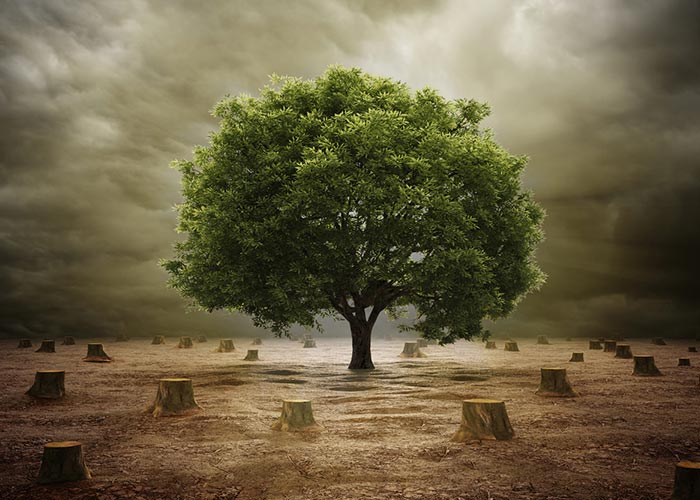Increased urbanization has led to encroachment of several land pieces leading to manmade entities. These entities have threatened the local environment around – soil water and air. As urbanization continues resulting new building entities forcing evicting or felling the trees, these trees are often cut and destroyed. An innovative way of protecting large trees such as banyan trees, neem, peepul and so on is their translocation. That is, a tree is carefully removed from its location and is planted elsewhere. Rightly so.

Source
Big trees should be protected
Big trees should be transplanted elsewhere from their current location. Such situations may arise in large cities or anywhere across the country when it’s planned to construct flyover bridges, widening roads and other such infrastructure project activities. Cutting the big trees has faced large-scale opposition because we worship large trees – banyan, peepul, neem and the like. Further, transplanting seedlings in the place of the trees is not a good idea given the gestation period of seedlings to grow to the size of the tree could be 20 to 25 years or even longer. The seedlings may not be able to bring the positive impact of a single large tree.
Therefore, it’s important to protect, preserve and transplant the tree elsewhere from the current location.
Let’s consider here the how it’s executed – the translocation of big trees.
First, the tree is uprooted carefully keeping intact with the soil around and without causing damage to the roots.
Then the tree is transported to a new location using cranes.
The dept in the ground where the tree is to be transplanted is determined. This will facilitate assimilation fertilizers, pesticides and manure when provided.
After carefully, fixing the tree translocation is done.
Regular watering needs to be carried for a period of six months.
Professional experts (horticulturists) examine the growth of the transplanted tree.
Translocation of promotes the idea of green environment and protecting greenery.
The downside of translocation
It’s important to consider the downside of translocation of large trees. The idea of translocation of trees is good but it’s expensive and poses a high risk to the tree as well as the environment in the current location.
However, the given the benefits overweigh the negative impact, translocation can protect the plants as well as can lead to the growth and development of the tree without impacting the greenery around.
Efforts should be made at the community level, taking help of corporate entities or government as opposed to individual levels. Favorable public opinion should be built to support the cause.
Conclusion
Large trees are a great environment asset as well as a symbol of cultural heritage. They reflect the tender, benign and tolerant nature of typical Indian ethos notwithstanding the fact that in a social cluster, people belonging multiple religions, sect, gender and linguistic basis live and thrive. Translocation of trees can be easy with the informed support of the people jointly with community, government or corporate sector.
You have received an upvote from @livesustainably. I promote and curate content that encourages and educates others in living sustainably.
I also run competitions for those making the world a better place. Check out this weeks reducing plastic competition here
Downvoting a post can decrease pending rewards and make it less visible. Common reasons:
Submit